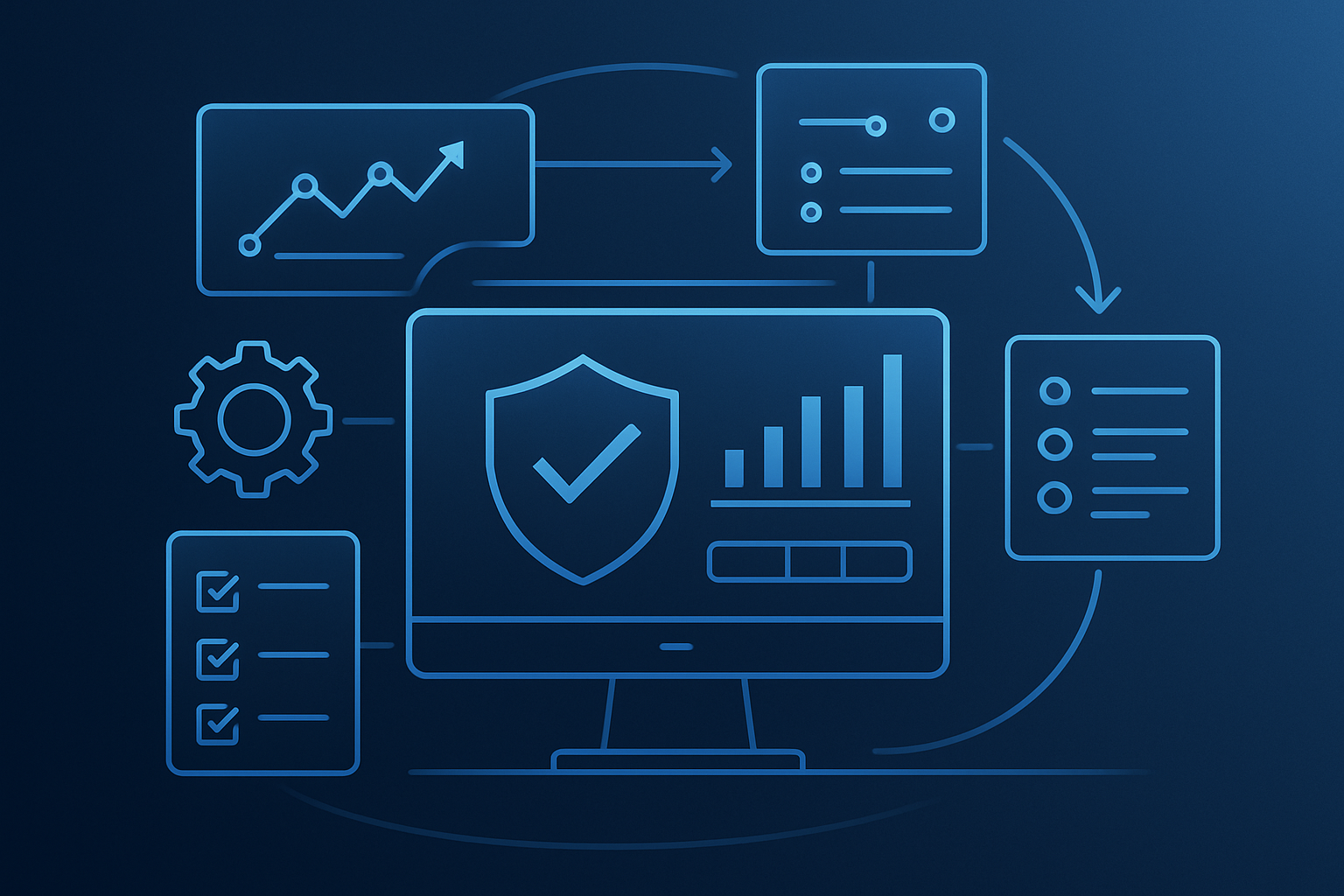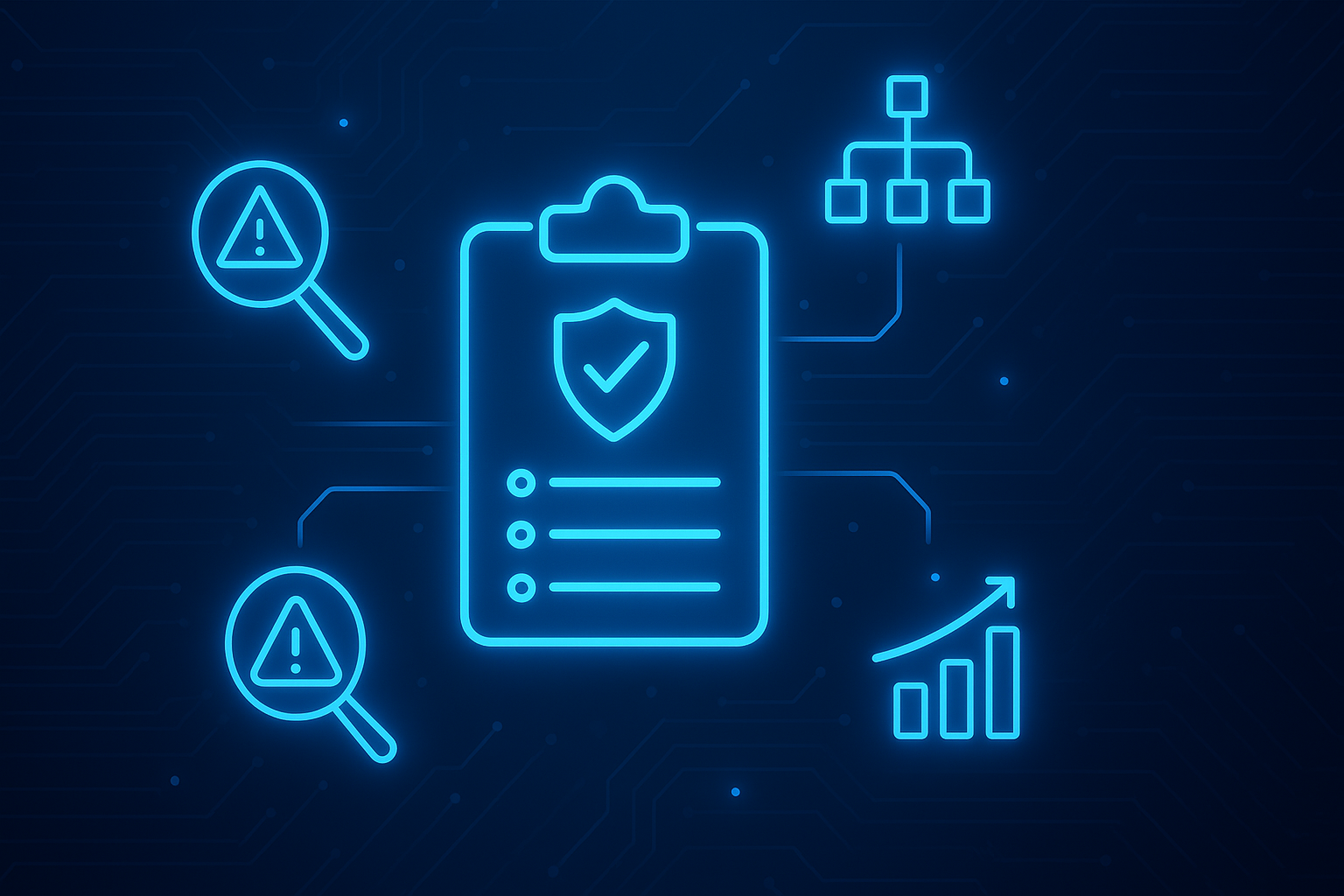Information security maturity has never been more important. In the wake of the COVID-19 pandemic, the catalyzation of digital transformation and the ripple effects on businesses ensuring a strong cybersecurity posture and risk management program is essential for the new year. Too often, organizations will turn to technology investments to help enhance their security, however, as software development and technology has become increasingly capable, we are seeing that there is no way to use technology to protect against human error. Regulations are beginning to reflect this realization; with the Cybersecurity Maturity Model Certification (CMMC) being a landmark standard that incorporates the business process maturity model (BPMM) and practice maturity model when gauging the maturity level of a Department of Defense contractor’s security controls and programs.
Accounting for People and Process as well as Technology
As we move into a new year, organizations are still working to support the new enterprise applications that the pandemic ushered in. Specifically, security and risk teams have been working to update strategic business policies and procedures to support the rapid rise of remote work (a trend on the horizon but much like other trends accelerated by the pandemic, something no one saw becoming reality this fast). Furthermore, as digital transformation has distributed risk decision-makers across the organization, security leaders have been forced to take a risk-based approach to their business process management where historically compliance was a primary driver.
Practice vs Process Maturity
While we have seen standards like CMMC explicitly discuss the concepts of process and practice maturity, assessing and increasing the level of maturity on a practice and security process areas is possible using frameworks such as the NIST CSF Implementation Tiers.
At its core, improving security maturity and transitioning from ad hoc/reactive security to proactive/optimizing security is the end goal through the incident response maturity model. Regardless of the security maturity model an organization chooses, the management and process maturity levels are essential to understand where you stand.
Watch the Webinar





.png)
.png)
.png)
%201.png)
.png)




